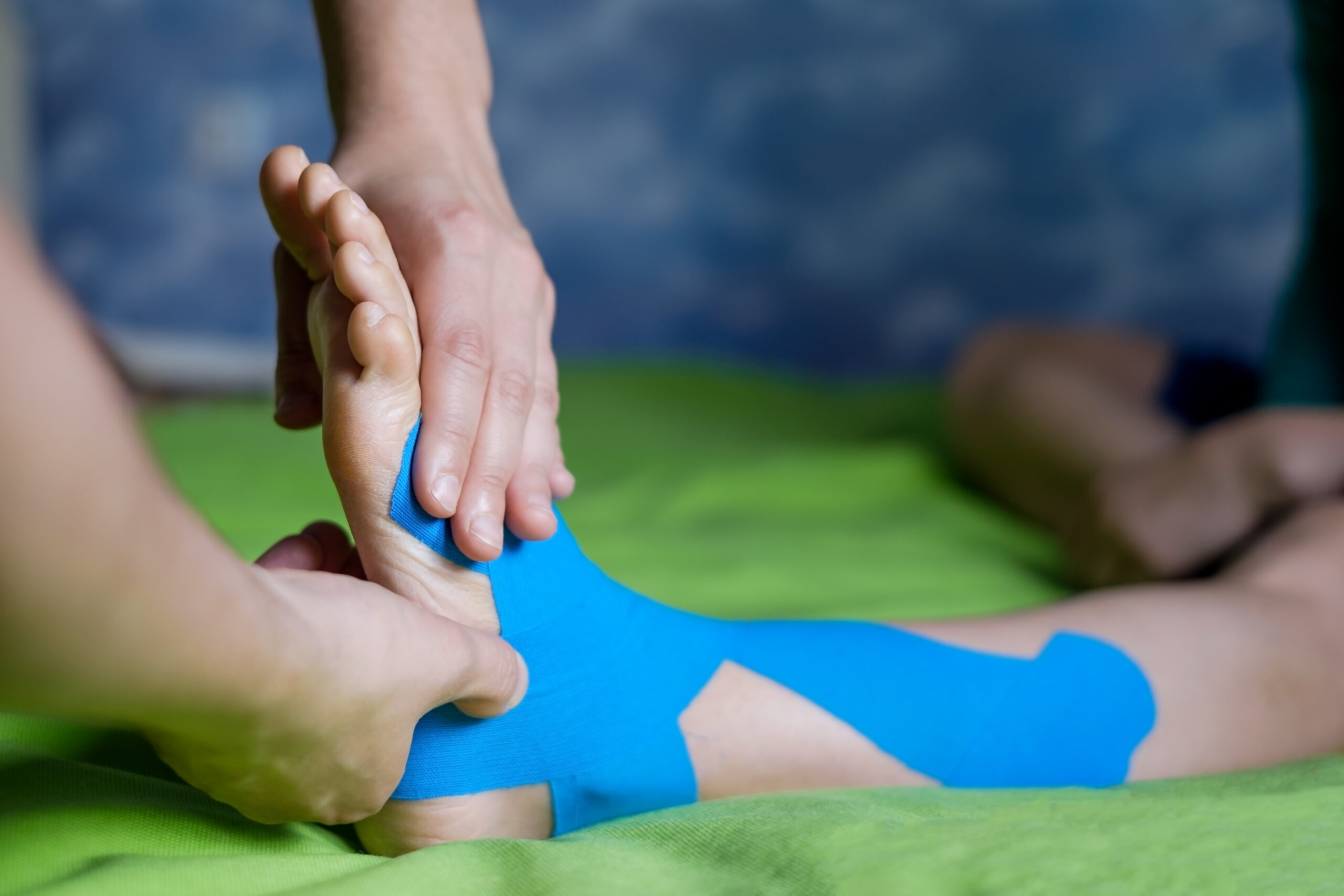The Road to Recovery: How Physical Therapy Helps Ankle Sprains Return Safely to Sports
An ankle sprain can be a frustrating setback for athletes of all levels. Whether you’re a weekend warrior or a professional athlete, the road to recovery can seem daunting. However, with the right approach, including physical therapy, athletes can not only recover fully but also return to their sport safely and effectively.
Understanding Ankle Sprains
Ankle sprains are one of the most common injuries among athletes, occurring when the ligaments surrounding the ankle are stretched or torn. This often happens during activities that involve sudden changes in direction or landing improperly from a jump. The severity of an ankle sprain can vary from mild to severe, depending on the extent of ligament damage.
The Role of Physical Therapy
Physical therapy (PT) plays a crucial role in the rehabilitation of ankle sprains. It is designed to reduce pain, improve strength and flexibility, and restore normal function to the injured ankle. PT is typically initiated shortly after the injury, once initial swelling and pain have subsided enough to begin active movement.
Immediate Post-Injury Phase
During the early stages of rehabilitation, physical therapists focus on controlling inflammation, reducing pain, and restoring range of motion. Techniques such as ice, compression, and elevation (the RICE protocol) may be used initially to manage swelling. As pain allows, gentle movements and exercises are introduced to prevent stiffness and maintain mobility.
Restoring Strength and Function
As the ankle begins to heal, PT shifts towards strengthening exercises. These exercises target the muscles surrounding the ankle joint, as well as the muscles of the lower leg and foot. Strengthening these muscles not only supports the injured ligaments but also helps prevent future injuries by improving stability and balance.
Improving Balance and Proprioception
An often-overlooked aspect of ankle sprain recovery is balance and proprioception training. Proprioception refers to the body’s ability to sense its position in space. Following an ankle injury, this sense can be impaired, leading to instability and an increased risk of re-injury. Physical therapists incorporate exercises that challenge balance and improve proprioception, such as standing on one leg or using balance boards.
Benefits of Physical Therapy for Return to Sports
Returning to sports after an ankle sprain requires more than just physical healing; it demands confidence in the ankle’s strength and stability. Physical therapy provides several key benefits that facilitate a safe return to sports:
1. Individualized Treatment Plans
Physical therapists create personalized treatment plans based on the specific needs and goals of each athlete. They take into account factors such as the severity of the injury, the athlete’s sport-specific demands, and any pre-existing conditions. This tailored approach ensures that rehabilitation progresses at a pace that is safe and effective for the individual.
2. Gradual Progression
Recovery from an ankle sprain is a gradual process. Physical therapists guide athletes through progressive exercises and activities, gradually increasing intensity and complexity as strength and stability improve. This gradual progression reduces the risk of re-injury and allows the athlete to regain confidence in their ankle.
3. Injury Prevention
Physical therapy not only focuses on recovering from the current injury but also aims to prevent future injuries. By addressing muscle imbalances, improving flexibility, and enhancing proprioception, PT helps athletes develop a more resilient musculoskeletal system. This proactive approach can reduce the likelihood of recurrent ankle sprains and other lower extremity injuries.
4. Education and Self-Management
A significant aspect of physical therapy is patient education. Athletes learn about their injury, rehabilitation process, and techniques for self-management, such as home exercises and preventive strategies. Empowering athletes with knowledge enables them to take an active role in their recovery and long-term musculoskeletal health.
Conclusion
In conclusion, physical therapy is instrumental in the rehabilitation of ankle sprains, especially for athletes aiming to return to sports safely. By addressing pain, restoring strength and flexibility, improving balance and proprioception, and providing individualized care and education, physical therapists support athletes throughout their recovery journey. With a structured rehabilitation program under the guidance of a skilled physical therapist, athletes can not only recover fully from ankle sprains but also minimize the risk of future injuries, allowing them to continue participating in their chosen sport at their optimal level of performance.
For athletes recovering from ankle sprains, physical therapy isn’t just a path to healing—it’s a pathway back to the game they love, stronger and more resilient than before.
Click here or call for 586-978-7900 for an appointment
References:
- Hertel, J. (2000). Functional Anatomy, Pathomechanics, and Pathophysiology of Lateral Ankle Instability. Journal of Athletic Training, 35(3), 364-375.
- McKeon, P. O., et al. (2014). The Role of Perturbation in the Rehabilitation of Ankle Sprain. Journal of Athletic Training, 49(6), 784-788.
- Kaminski, T. W., et al. (2013). National Athletic Trainers’ Association Position Statement: Conservative Management and Preventative Care of Ankle Sprains in Athletes. Journal of Athletic Training, 48(4), 528-545.

